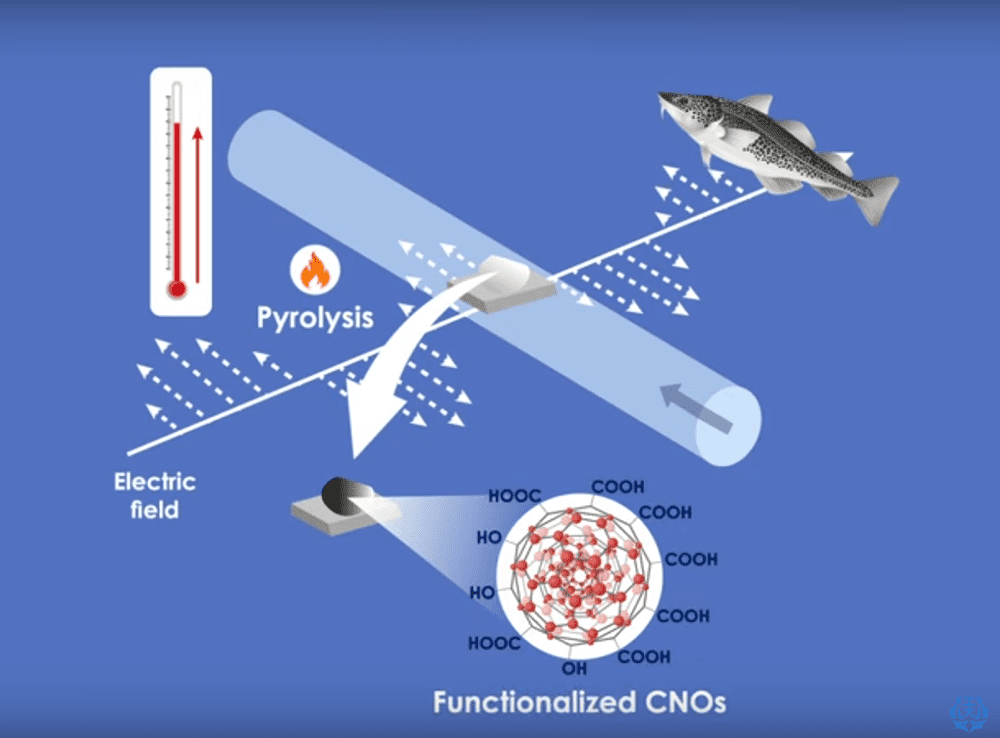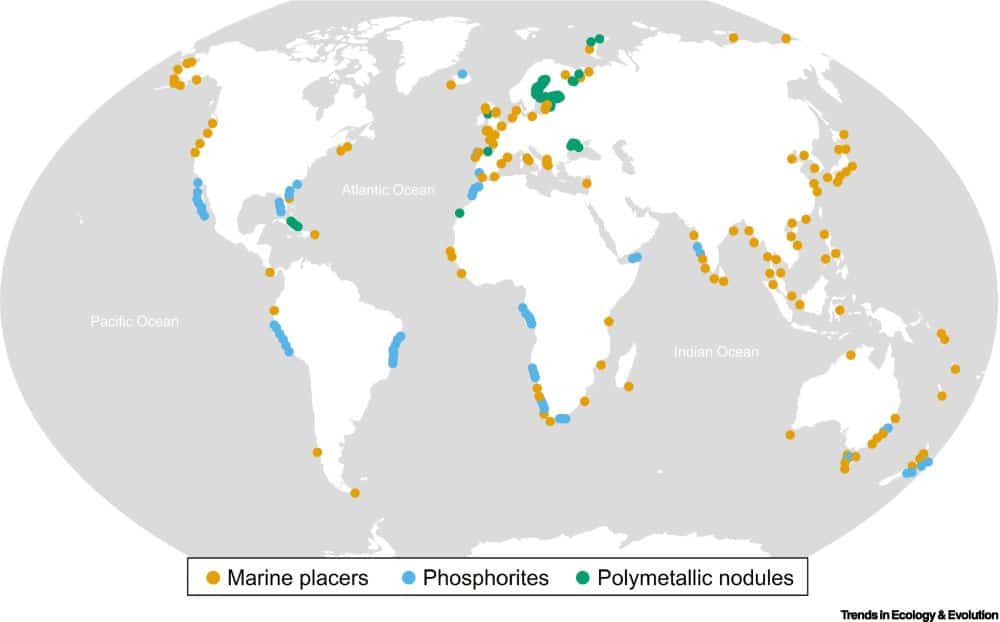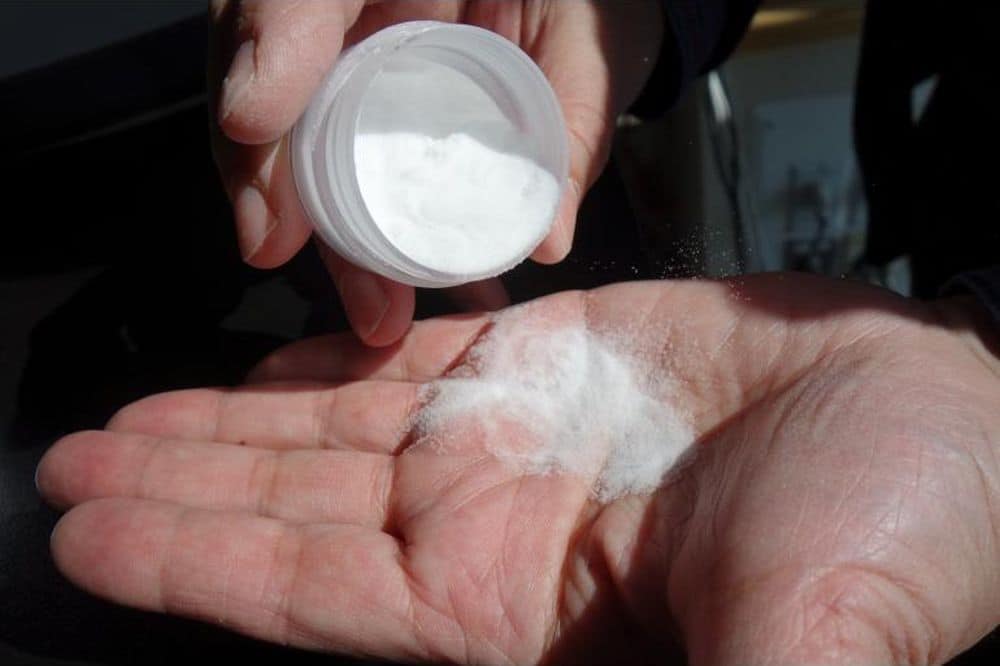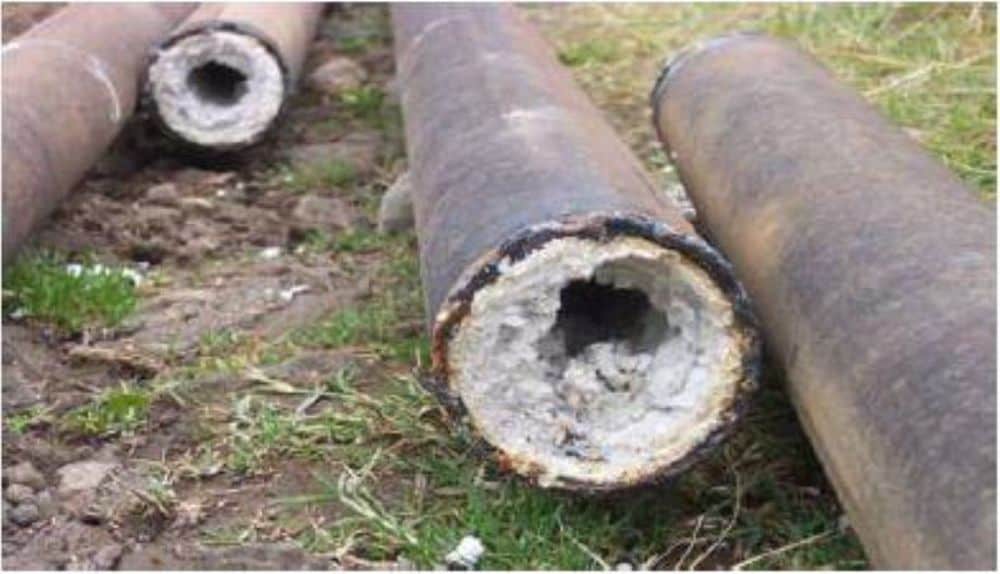Carbon nano-onions are a newer carbon nanostructure with great potential in application, but synthesizing these materials conventionally requires high temperatures, expensive feedstock, or corrosive environments. Researchers at Nagoya Institute of Technology used a one-step microwave pyrolysis process to turn fish scales into carbon nano-onions with highly crystalline and functionalized structures.
Read MoreSilicon waste is a major byproduct from solar cell production. A group of researchers from Northeastern University (Shenyang, China) have published several papers exploring how, through nitridation, this waste can be converted into high-value silicon nitride.
Read MoreWith a little bit of science knowledge, artists can learn to make paints and glazes at home quite easily and for far less cost. A Colorado artist is working to educate others on how she creates environmentally friendly watercolor paints from foraged plants and food waste.
Read MoreHeavy metal contamination in aquatic ecosystems can lead to negative effects on human health. In a recent paper, researchers from Drexel University and Temple University developed a simple one-step method to fabricate functionalized Ti3C2Tx MXene for mercury removal from water.
Read MoreBecause of the environmental and economic concerns associated with mining mineral deposits on the deep seabed, some companies and countries are considering shallow-water mining instead. A recent open-access paper raises concerns about viewing shallow-water mining as an eco-alternative to deep-sea mining.
Read MoreIn 2018, geoengineers proposed that spreading hollow glass microspheres over sea ice would protect it from melting. However, a new study argues the glass beads would likely accelerate loss of sea ice instead.
Read MoreSevere flooding can deteriorate the soil and make large-scale landslides and embankment breaches more likely during future heavy rains. Cement treatment can fortify soils against disaggregation. A recent investigation of cement-treated soil samples from a 22-year field test confirmed such soils maintain their strength long term.
Read MoreTo improve separation performance of ceramic membranes, researchers currently are exploring modification of the membrane’s surface using 2D nanomaterials. Researchers led by Ewha Womans University demonstrated that coating a ceramic membrane with functionalized boron nitride improves separation performance for both particulate and organic contaminants in semiconductor wastewaters.
Read MoreThough glass bottles have numerous advantages over plastic bottles, they lack the squeezability factor to easily eject their contents. Two entrepreneurs in the U.K. designed a silicon rubber attachment for glass bottles that gives them the squeezability factor.
Read MoreMany of the world’s easily accessible freshwater sources are being drained faster than they are being replenished. In two recent papers, researchers led by Jilin University investigated the potential of a clay-based self-propelling nanomotor to purify water.
Read More








